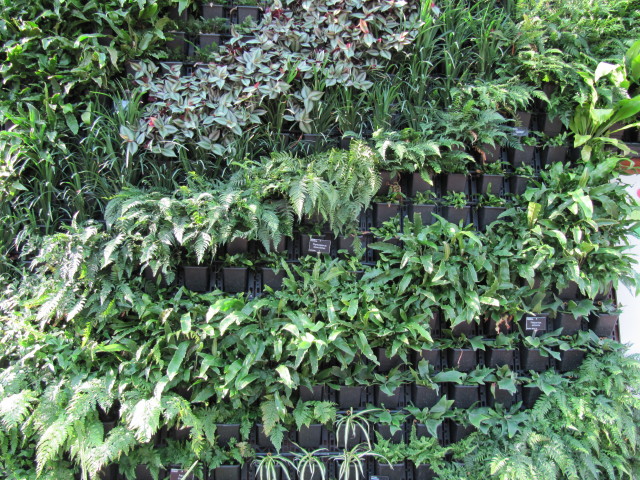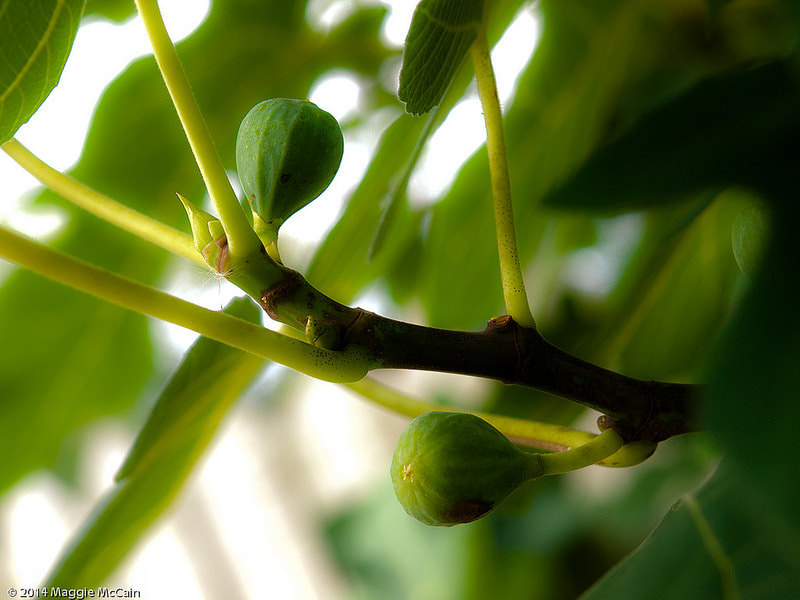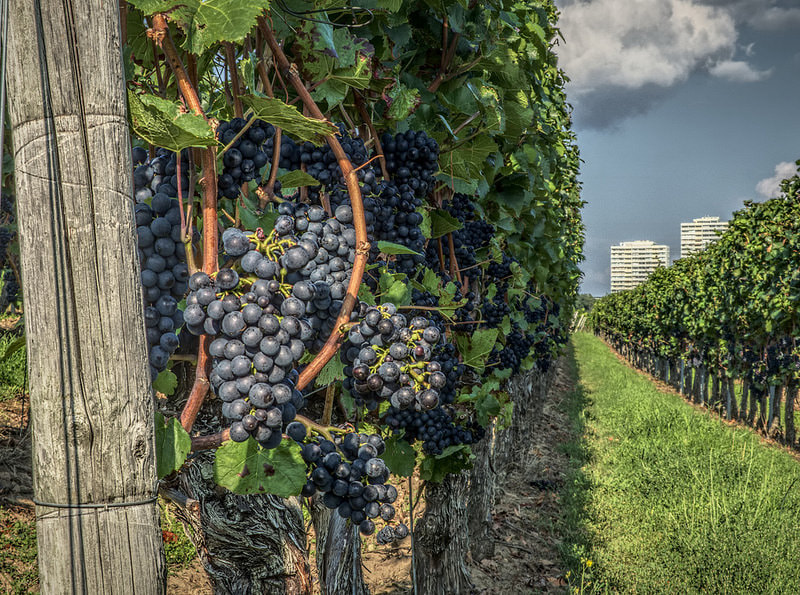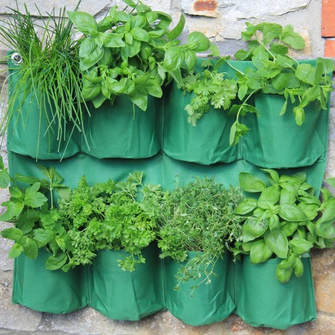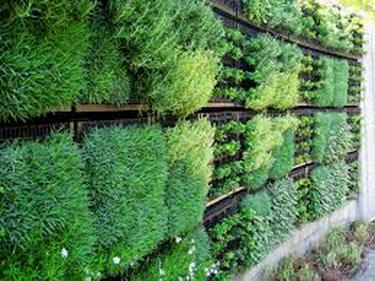Vertical Farming
Vertical Farming
Vertical Farming is the concept of stacking multiple crops on top of one another to produce more food per square metre that conventional farming. There are advantages to this kind of urban food production. Vertical farming makes use of sunlight on various levels and takes advantage of the microclimate this creates. Vertical farming also allows efficient irrigation allowing gravity to pull water and nutrients through crops.
At first glance the advantages of growing crops vertically in urban environments are obvious. Buildings give a framework to attach growing systems very much in the spirit of commercial green walls. It its simplest form vertical farming could be the used of climbing crops such as grapes and kiwis along urban fences. But at the more ambitious end in regard to urban farming we think of more indoor farming type systems.
Indoor vertical farms are seen to be in some instances the future of farming. The idea that you produce food within the urban places where it is need is a favourable one. The advantages with indoor vertical farming are you are not bound by the ravages of nature. The absence of outside biological interference in the form of pests means the use of potentially dangerous pesticides can be avoided. Obviously this can be a problem with crops that require insect pollination. Whereas traditional outside farming can be subject to weather events such as floods and doubts Indoor vertical farming has a more predictable outcome. Temperature and light manipulations mean you can produce food all year without the restrictions of the seasons.
As with indoor farming, vertical farming brings into question the underlying sustainability of the practices if they still require high energy conditions using oil based synthetic fertilisers. There are however many types of urban food production where the efficiency outweighs the energy consumption such as the case with mushrooms and mirco-greens.
On a personal level I have always been a little sceptical regarding this method of vertical farming. I prefer a basic modular green wall system planted with Mediterranean herbs. Also I like utilising vertical structures and walls to grow trailing fruit such as grapes and figs.
Vertical Farming Books
For those seriously interested in this kind of urban farming: Plant Factory, An Indoor Vertical Farming System For Efficient Food Production Is a holistic industrial manual with real case studies ideal for anyone contemplating vertical farming as a business. The book covers lighting, irrigation, temperature controls, and even architectural requirements of farm buildings.
